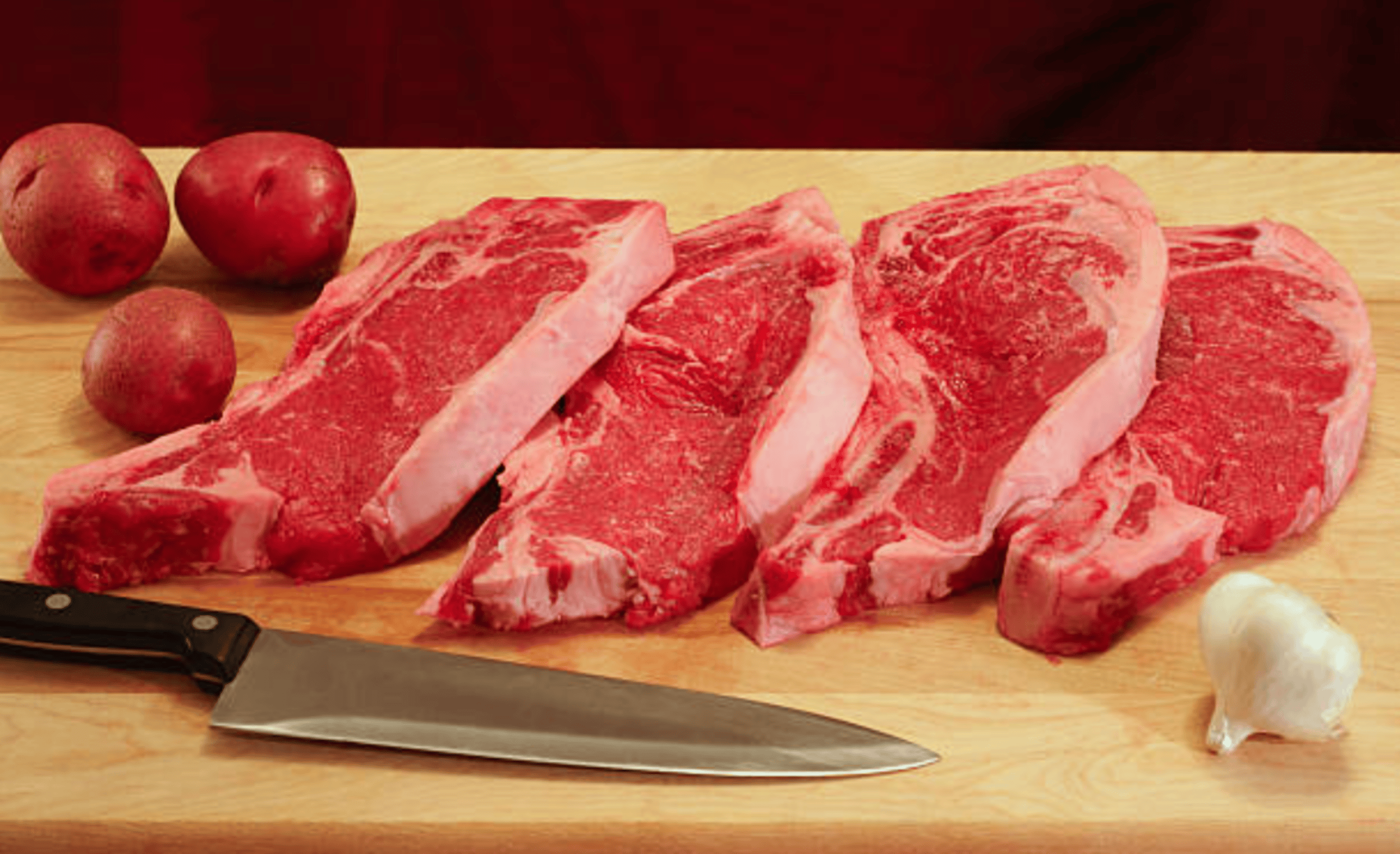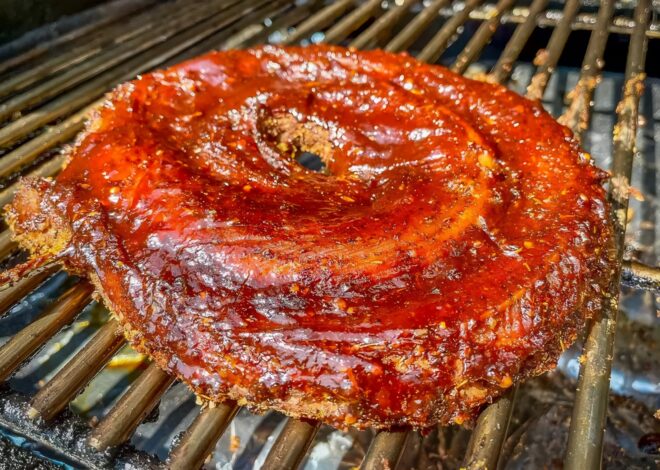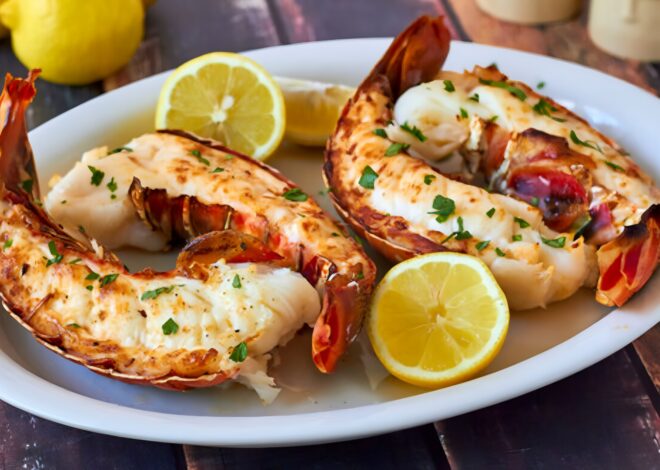
How To Cook Bear Meat
Whether you’re a seasoned hunter or simply curious about alternative meats, learning how to cook bear meat can open up a whole new world of flavors. Are you looking to spice up your culinary adventures? If so, bear meat might just be the next big thing on your dinner table.
While it may not be as commonly featured in home kitchens as beef or chicken, this unique protein is gaining attention for its rich flavor and nutritional benefits. Imagine a hearty dish that tells stories of wilderness, adventure, and tradition all at once.
Let’s dive into everything you need to know about this intriguing ingredient!
The Controversy Surrounding Bear Meat
Bear meat has long sparked debate among food enthusiasts and conservationists alike. Some regard it as a delicacy, while others raise ethical concerns regarding hunting practices. One major point of contention is the impact on bear populations.
Critics argue that overhunting can lead to declines in certain species, disrupting local ecosystems. Proponents often emphasize sustainable hunting methods and regulations designed to maintain balance. Cultural perceptions also play a role in this controversy.
In some communities, consuming bear meat is rooted in tradition and survival, whereas many view bears primarily as majestic wildlife deserving protection. Additionally, health risks associated with bear meat consumption cannot be ignored.
Without proper cooking techniques, there’s potential for transmission of diseases like trichinosis—a significant concern for those unacquainted with safe handling practices. These conflicting views create an ongoing dialogue about the ethics of eating bear meat and its place within modern diets.
Health Benefits of Eating Bear Meat
Bear meat is often overlooked, yet it offers a rich source of nutrients. It’s high in protein, making it an excellent option for those looking to build muscle or maintain energy levels. This gamey meat contains healthy fats that can provide essential fatty acids.
These fats are integral to brain health and hormone production. Additionally, bear meat is packed with vitamins like B12 and iron. These nutrients support red blood cell formation and boost your immune system. The unique flavor profile of bear meat also means you can enjoy diverse culinary experiences while benefiting from its nutritional value.
Eating bear meat encourages sustainable practices since hunting contributes to wildlife management when done responsibly.
Different Types of Bear Meat
Bear meat can vary significantly depending on the species. The most commonly consumed types are black bear and brown bear, each offering unique flavors and textures. Black bear meat is often described as rich and slightly sweet. It has a tender quality that makes it ideal for various cooking methods.
Many find that its flavor pairs well with bold spices or fruit-based sauces. On the other hand, brown bear tends to be leaner. Its taste can be more robust, sometimes considered gamey compared to black bear. This type may require careful preparation to balance its stronger flavors.
Another lesser-known option is polar bear meat, which is rarely available outside specific regions due to legal restrictions and ethical concerns. Its texture resembles beef but comes with a distinct taste profile shaped by its Arctic diet. Each variety brings something different to the table, making exploration of these meats an exciting culinary journey.
Where to Source Bear Meat
Finding bear meat can be an adventure in itself. Start by checking your local regulations, as hunting bears may require specific licenses and permits depending on your state or region. If hunting isn’t for you, look into specialty butcher shops.
Some places focus on game meats and might carry bear when it’s in season. Establishing a relationship with these butchers can help you get fresh cuts. Online retailers also offer options, though ensure they are reputable sources. Some farms specifically raise bears for meat production and provide high-quality products.
Local hunters often share their harvests too. Networking within the hunting community could lead to opportunities to purchase or trade for bear meat directly from those who hunt it themselves. Farmer’s markets occasionally feature unique game meats. Keep an eye out; you never know what you’ll find!
Preparing and Storing Bear Meat
Preparing bear meat requires careful attention to cleanliness and safety. Start by wearing gloves to prevent cross-contamination. Always use a clean cutting board dedicated for raw meats. Once you’ve processed the meat, it’s essential to remove excess fat as it can carry strong flavors that some might find unappealing.
Trim any sinew and ensure that you cut against the grain for better texture when cooking. Storing bear meat correctly is crucial to maintain its quality. Wrap portions tightly in freezer paper or vacuum seal them before placing in the freezer. This method helps prevent freezer burn while preserving flavor.
For refrigeration, keep fresh bear meat in an airtight container and consume within a few days. If you’re unsure about freshness, trust your senses—look out for off smells or discoloration before cooking or consuming any portion of the meat.
Cooking Methods for Bear Meat
When it comes to cooking bear meat, versatility is key. Grilling offers a robust flavor profile that enhances its natural richness. Marinate the meat beforehand for added depth. Slow roasting is another excellent method, allowing the connective tissues to break down and create tender bites.
Use a thermometer to ensure it reaches the right internal temperature for safety. If you prefer something quicker, pan-searing can bring out delicious crusts while keeping the inside juicy. Pairing this with your favorite sauces can elevate your dish even further.
For those adventurous souls, smoking bear meat infuses it with unique flavors that are hard to replicate. Just remember to monitor smoke levels closely for optimal results. Stir-frying is great for smaller cuts, offering speed without sacrificing taste—perfect for busy weeknight dinners or casual gatherings!
Delicious Recipes for Bear Meat
When it comes to bear meat, creativity in the kitchen is key. One popular recipe is bear chili. The rich flavor of the meat pairs excellently with beans, tomatoes, and spices. Slow-cook it for a hearty meal that warms you from the inside out.
Another option is marinated bear steaks. A simple marinade of garlic, soy sauce, and brown sugar enhances the natural flavors beautifully. Grill them to perfection for a savory dinner. If you’re feeling adventurous, try making bear jerky! Season strips of meat with your favorite spices before dehydrating them for a tasty snack that’s perfect on hikes or road trips.
For those who prefer comfort food, consider a creamy bear pot pie. Loaded with vegetables and topped with flaky pastry, it’s sure to impress friends and family alike! Each dish showcases the unique taste of this gamey yet tender protein; there’s so much to explore.
Safety Tips for Handling and Cooking Bear Meat
When handling bear meat, cleanliness is paramount. Always wash your hands thoroughly before and after touching the meat. Use separate cutting boards for raw meat and other foods to prevent cross-contamination. Ensure that any tools or surfaces that come into contact with the bear meat are sanitized properly.
This reduces the risk of harmful bacteria spreading in your kitchen. Bear meat can carry parasites like trichinella, so cooking it to a safe internal temperature is crucial. Aim for at least 160°F (71°C) to ensure safety. If you’re storing leftover cooked bear meat, refrigerate it promptly within two hours of cooking.
Consume leftovers within three days or freeze them for longer storage. Keep an eye out for unusual smells or colors when thawing frozen bear meat; these could indicate spoilage. When in doubt, throw it out rather than risking foodborne illness.
Conclusion: Why You Should Give Bear Meat a Try
Bear meat is an intriguing option for adventurous eaters looking to expand their culinary horizons. Its unique flavor profile and versatility in the kitchen make it a worthy addition to your cooking repertoire. Although there are some concerns surrounding bear meat, understanding its health benefits and proper preparation can ease any hesitations.
Trying new meats fosters appreciation for different cultures and culinary traditions. By sourcing bear meat responsibly, you support sustainable hunting practices while embracing a taste of the wild. Cooking methods vary widely, from slow-roasting to grilling, allowing you to explore diverse recipes that highlight this gamey delicacy.
With safety tips in mind, handling and cooking bear meat becomes straightforward rather than daunting. For those seeking bold flavors and nutritional benefits, bear meat might just surprise you with its deliciousness. So why not give it a try? You may find yourself discovering something truly remarkable on your plate.



